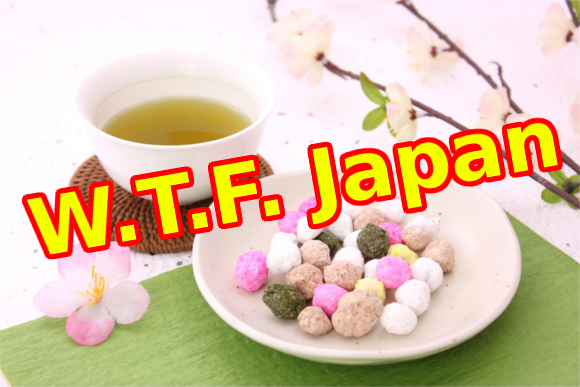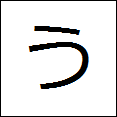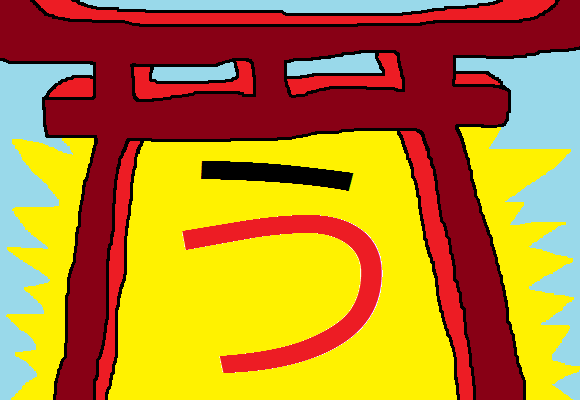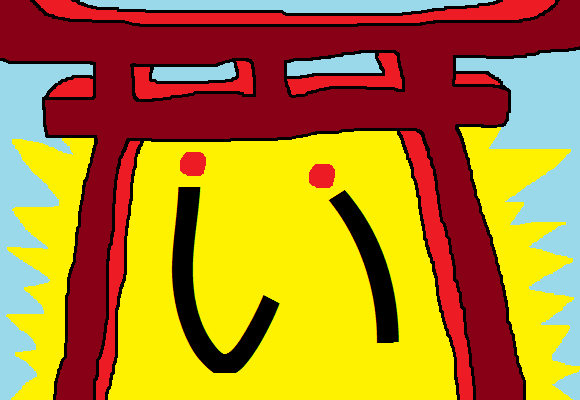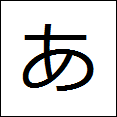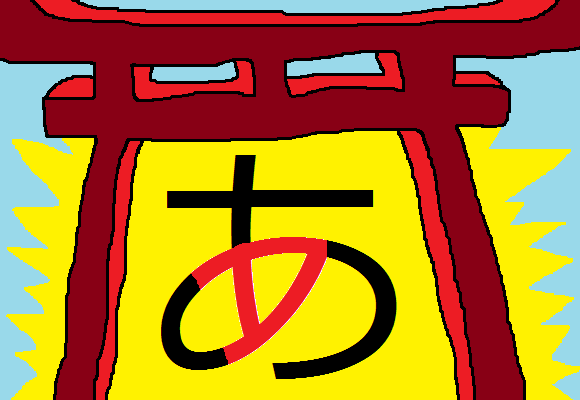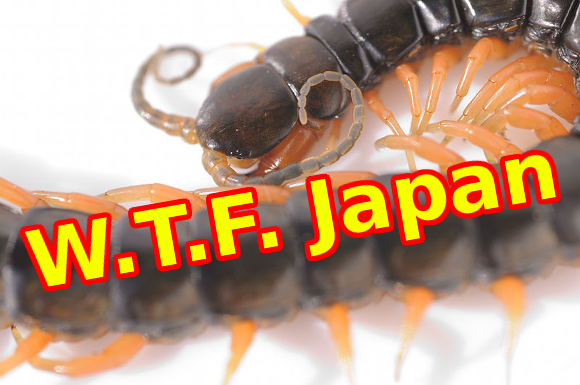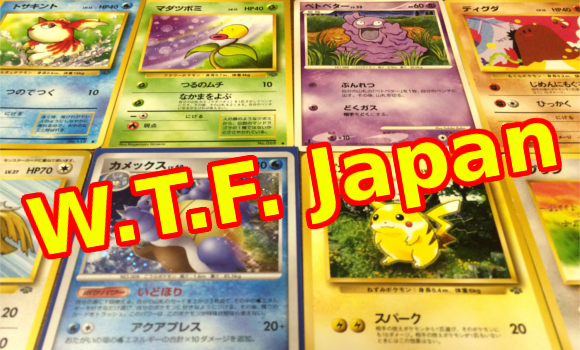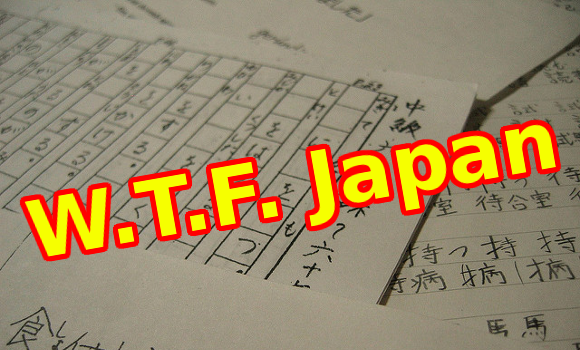This week for my RocketNews24 W.T.F. Japan article, I wrote about the top five most ridiculous details of Japanese office tea. Office tea may not be the first thing that comes to mind when most people think of Japanese businesses – formal meetings, bowing and business cards probably come before that – but it’s just as important.
Tea is basically lubrication for Japanese business like oil is lubrication for a car – it just doesn’t run without it. When I worked in a Japanese office, every meeting no matter how big or small had tea served to the guests. Whenever me or my coworkers went as guests to somewhere else, we were always served tea as well.
It may sound strange to the uninitiated, but it was kind of nice. Not only were you guaranteed a refreshing drink (cold in the summer hot in the winter) whenever you were going someplace, but it made you feel more welcome than if you just sat down and got right to business.
I don’t want to spoil too much more of the details of Japanese business tea, so go ahead and read the article before I accidentally spoil everything. Enjoy!
